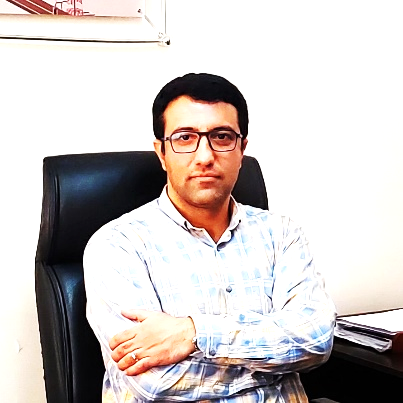Submission Deadline: 01 December 2025 (closed) View: 2683 Submit to Special Issue
Associate Prof. Samad Noeiaghdam
Email: snoei@istu.edu
Affiliation: Industrial Mathematics Laboratory, Baikal School of BRICS, Irkutsk National Research Technical University, Irkutsk, 664074, Russia.
Institute of Mathematics, Henan Academy of Sciences, Zhengzhou, 450046, China.
Research Interests: numerical analysis, fluid dynamic, heat and mass problems, fuzzy mathematics, solving integral, ordinary and partial differential equations and solving bio-math models

Associate Prof. Saeed Dinarvand
Email: saeed_dinarvand@yahoo.com
Affiliation: Department of Mechanical Engineering, Central Tehran Branch, Islamic Azad University, Tehran, Iran.
Homepage:
Research Interests: heat transfer mechanisms, microfluidic/nanofluidic, heat and mass transfer, mathematical modeling in fluid mechanics, porous media analysis, blood flow modeling, numerical methods, two-phase flows, non-Newtonian fluid flows

Associate Prof. Unai Fernandez-Gamiz
Email: unai.fernandez@ehu.eus
Affiliation: Department of Energy Engineering, College of Engineering at Vitoria-Gasteiz, University of the Basque Country, Vitoria-Gasteiz, Spain
Homepage: https://www.ehu.eus/en/web/itsas-rem/staff/-/asset_publisher/WdwR29DhvrFA/content/unai-fern%25C3%25A1ndez-g%25C3%25A1miz-2
Research Interests: renewable energy sources, energy storage and applied computational fluids dynamics methods

Nanofluids consist of nanometer-sized particles suspended in a base fluid such as water, ethylene glycol, or oil, and are designed through engineering. These fluids are mainly defined by Brownian motion, allowing them to counteract the gravitational settling of the nanoparticles.
Nanofluids have found extensive applications across a wide range of engineering fields. The drive behind their use in heat transfer processes stems from the potential to create fluids with significantly improved conductive and convective heat transfer properties. Examples of potential applications of nanofluids in this context include focusing on boiling phenomena, as well as the absorption and conversion of radiation. Additionally, non-heat transfer applications of nanofluids span emerging synthesis techniques, mass transport, optics, consumer goods, electronics, as well as surfaces and catalysts.
A stable nanofluid can be achieved if the individual nanoparticles stay finely dispersed or if the particle agglomerates stay small enough (typically <100 nanometers) to prevent large particle agglomerates from settling within the colloidal suspension. However, the biggest challenge is maintaining this size because it is a well-known fact that nanoparticles tend to agglomerate when they come into contact with each other.
The purpose of this Special Issue is to examine the latest advancements in nanofluids, driven by the rapid progress and improved management of nano-material production methods, as well as modeling, simulation, and computational methods to find more accurate and efficient results. Given the intricate nature of nanofluids, we encourage both fundamental and applied research in this field. We also invite papers that explore the broadening of nanofluid usage in diverse, multidisciplinary research and development efforts, with a particular emphasis on contributions that advance modeling, simulation, or computational methods. Research that enhances the development of sophisticated models, improves simulation accuracy, or introduces novel computational approaches will be of particular interest. These techniques are vital for deepening our understanding of nanofluid behavior and unlocking new possibilities for their application.


 Submit a Paper
Submit a Paper Propose a Special lssue
Propose a Special lssue